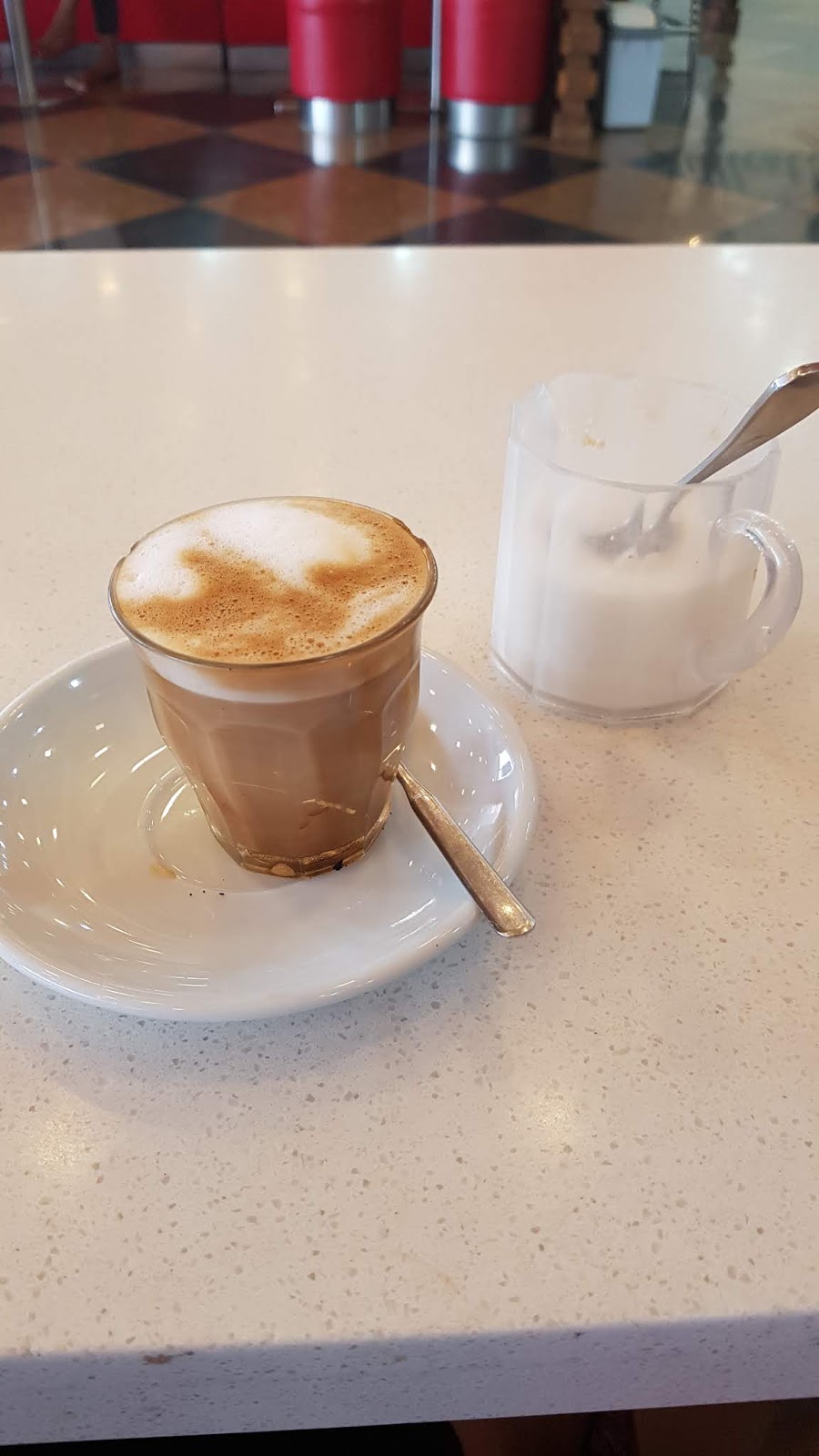For the first time in a long time, I strapped on my high ankle waterproof hiking boots, shrugged into my blue travel-worn windbreaker, and popped open my reliable umbrella-an accessory every Filipina has on her bag all the time!
As I opened our gate, the once dry and parched sand road has turned into a bajar (river) complete with currents! Floods in the desert never cease to amaze me because I have grown up thinking that the desert is just a hot and arid place. I never thought it could also get cold or have rain or even snow nut until I lived in Iraq.
So, there I was, intuitively hopping from one shallow part of the road to another to get to my office, keeping my shoes dry while the rest of my workmates waved inside a four-wheel drive for a one minute ride to our office. I should thank the thigh-high floods in the Philippines for making me resilient for such a time as this.
At around lunchtime, the health PM asked me to go with him and check out our clinic. We hopped and ran and slipped from one hut to another checking out how our colleagues and beneficiaries were doing. I learned that there were two kind of soils we used to fill the area. One holds water so it tended to be sticky and slippery. The other holds little water and tends to be harder so stepping on it gave me more stability.
Just a few weeks back, I was busy arranging murram or soil to cover the ground in this area. This is an expensive annual activity we do before the rain comes in. The murram helps in better traction for our vehicles. As I watched the flood water slowly rise up in our vicinity, I wonder if it is wiser to just put gravel instead. I voiced this thought out loud to our 'engineer' and he told me that gravel is not available in our area and is very expensive. So there goes our expensive murram being slowly swept away by each heavy downpour of the season.
As our roofs are made of sticks or reeds, I was not at all surprised that most of them were leaking and needed repairs. Our staff were busy rearranging things to escape the water. Pails and buckets were in place to catch the drips to no avail. Past managers have just perpetuated the use of local materials which has to be replaced almost every quarter. My silent resolve is to stop this practice and put galvanized iron instead for our next cycle.
Our clinics were flooded. The flood water has just naturally found ways to find itself into lower grounds even if this means passing through our stick walls. In places where the water was high, I and the team rallied with a pickaxe, shovel, and hoe to create canals. It was a fun exercise as we would usually pause to check the natural path of the flood water before creating a waterway.
Later that night, the first rain also brought with it a plague of crickets and a swarm of termite-like creature. The crickets were the biggest I have ever seen and can jump at great distances. It was most annoying when you are trying to eat and they hop on you or on your food. One of these crickets even managed to hitch a ride on my luggage to Ethiopia. Also, these crickets found my hiking shoe as a good habitat! When I stuck my foot on my shoe the next morning, I saw long legs and antennae popping out of my shoe! I threw my shoes in surprise and out came 10 more crickets! My other shoe was also as populated.
The termite-like creature on the other hand, visited our house in huge numbers that we had to turn off any source of light because they were attracted to it! We had to sweep them off our floors. However, we left the light outside our house on and here we saw a thick carpet of their wings on the floor as if they auto dewinged themselves! The locals, our support staff said that they actually eat these creatures and I told them it is weird. I told them that in Asia, we eat the crickets and they thought that was weirder. Oh well! I guess different cultures like different sources of protein.
Oh and did I tell that before we went to sleep, there was a little creature that made a bump in the night! Charlie thought it was a lazy, overfed rat but when we took a closer look it was a hedgehog!
















